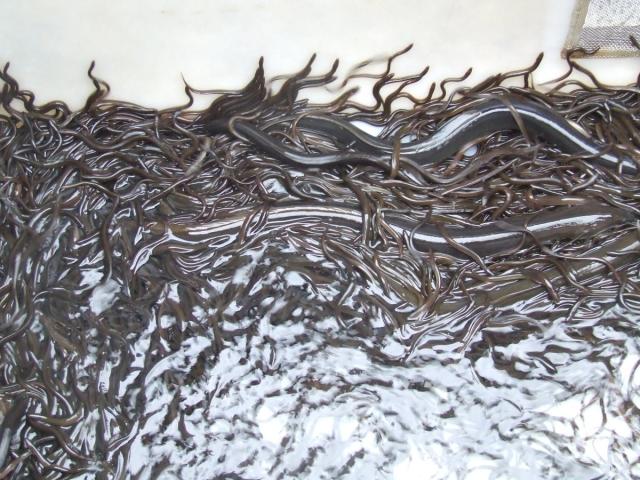New Zealand authorities are grappling with the mysterious demise of thousands of eels discovered in a stream situated on the North Island, prompting a rigorous investigation led by environmental officials from the Ministry for Primary Industries. Approximately 3,500 juvenile eels, known as elvers, were found lifeless in the Kauritutahi stream, marking the second such incident in the country this year. The previous occurrence unfolded in February, when several thousand adult eels perished in a stream near Mataura in Southland, an event attributed to toxic pollutants contaminating the water.
In the case of the Kauritutahi stream, the exact cause of the eel deaths remains elusive, prompting speculation among authorities. While conclusive evidence is yet to surface, authorities suspect a potential link to a “stress event” possibly exacerbated by the impacts of climate change. The conditions conducive to elver survival, including optimal water temperatures ranging between 16 and 18 degrees Celsius, were reportedly subpar when measured shortly after the mass mortality event was reported.
Local monitoring groups observed concerning signs such as algae accumulation in sections of the stream with limited water flow, indicating a rise in water temperature. Algal blooms are commonly associated with warm water temperatures, low water volumes, and nutrient influxes from agricultural activities, exacerbating toxic pollutant levels in waterways.
Hona Edwards, a member of a local guardian group overseeing the stream, highlighted the critical role of water flow in maintaining dissolved oxygen levels essential for aquatic life. Reduced water flow not only diminishes dissolved oxygen but also facilitates the accumulation of harmful toxins, further jeopardizing the survival of freshwater species like eels.
While incidents of mass freshwater fish deaths have been documented globally, recent research indicates a concerning trend of increased occurrences over the past decade. A study conducted in lakes across Minnesota and Wisconsin, USA, underscores the urgency of addressing environmental stressors contributing to such events and emphasizes the need for proactive measures to safeguard freshwater ecosystems worldwide.









